The hustle and bustle of L3 autopilot has just entered a low tide with Audi’s “retirement”, and the voice of L4 level has begun to rise.
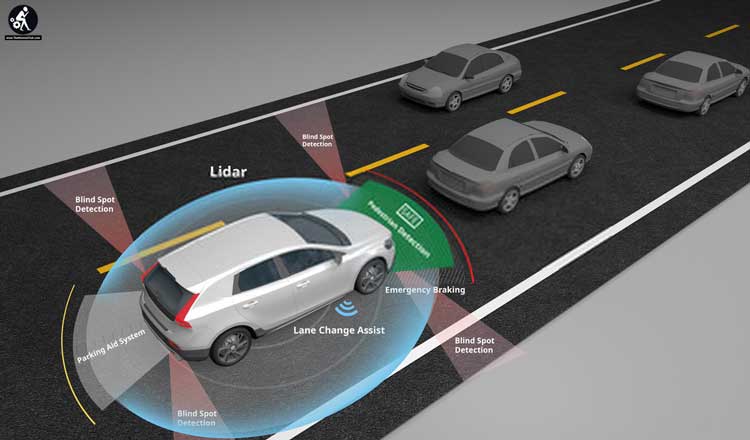
Recently, Volvo, which claims to be a “leader in the field of automotive safety,” announced that it has directly crossed the L3 level and entered the L4 autonomous driving research and development, and plans to achieve mass production of L4 models within 2 years, and emphasized that L4 models must use lidar .
In the words of the CTO of Volvo Group, the application of lidar is a key step towards fully autonomous driving.
Since lidar is a “critical step” to realize fully automated driving, it is an indispensable step. This statement is bound to be praised by dozens of lidar manufacturers at home and abroad.
Therefore, it seems that the topic of whether advanced autopilot should be equipped with lidar is already a bit “untimely”.
For autonomous driving, it is estimated that nothing is more important than safety. If sensors such as cameras and millimeter-wave radars can guarantee 99% safety, and the addition of lidar can achieve 99.99999% safety, even this 0.99999% improvement is for many people who want to put self-driving cars on the road in mass production. Depots will also use it without hesitation.
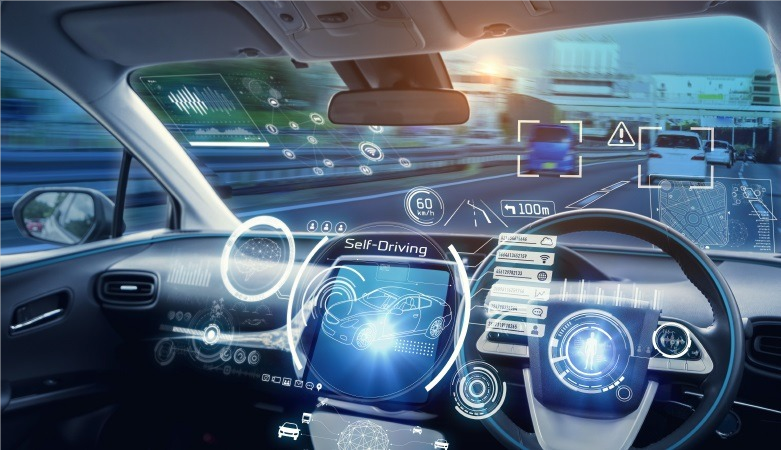
But people who are familiar with the field of autonomous driving also know that this conclusion is not a firm one, at least the Tesla boss’s saying that “all people using lidar are fools” have not changed their words.
In the technology battle, the group that supports lidar and the group that supports pure visual computing are still arguing, and there are also technology manufacturers trying to replace lidar with millimeter-wave radar.
It can be seen that Lidar still faces challenges in its central position in advanced autonomous driving. Why do most autonomous driving companies recognize lidar technology? However, there are a few companies that do not take the “normal road” and do not take the trick of lidar?
How does Lidar become the center of autonomous driving sensors?
First of all, the frequency of light waves emitted by lidars is 2-3 orders of magnitude higher than microwaves. Therefore, compared with microwave radars, it has extremely high range resolution, angular resolution and velocity resolution, so the measurement accuracy is higher.
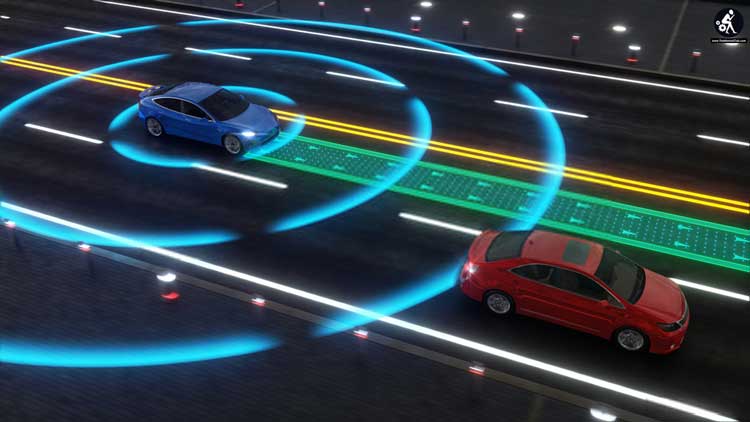
Second, the measurement accuracy is higher, which means that the distance, angle, reflection intensity, speed and other information of the target can be directly obtained, and a three-dimensional image of the target can be generated, which can distinguish whether the moving person is a real pedestrian or just a flat poster of a character.
Third, due to the short laser wavelength, it can emit a laser beam with a very small divergence angle, and can detect low-altitude/ultra-low-altitude targets. The multipath effect is small and the anti-interference ability is strong.
In addition, the lidar is not affected by the light conditions and the characteristics of the detection target itself, so it has the characteristics of working all day.
At the same time, its shortcomings are particularly obvious, that is, it is easy to be affected by harsh atmospheric conditions such as rain and snow or the environment with smoke and dust, and it is difficult to work normally in an all-weather environment. This means that autonomous driving cannot rely solely on lidar, but must rely on the joint assistance of other sensors.
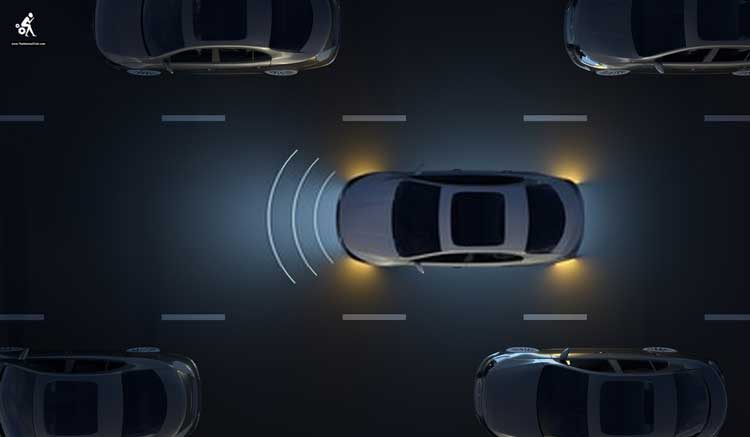
The most controversial aspect of lidar is that it has always been higher than the cost of cameras and millimeter-wave radars. Of course, compared to the initial price of mechanical lidar, which was tens of thousands of dollars, the price of solid-state lidar can be reduced to hundreds of dollars, which greatly reduces the application cost of lidar.
Specifically, the performance of lidar is related to the number of wire harnesses. The more wire harnesses, the higher the coverage angle, but at the same time the higher the cost. The lidar configuration schemes of mainstream self-driving cars are composed of an expensive 64-line lidar and multiple 16-line lidars, and the cost of these lidars is still too heavy for many manufacturers.
In Musk’s words, “I don’t think it (lidar) is meaningful for the development of cars, I don’t think it is necessary.”
Whether that is necessary or not, we can go to the scene where the two schools of “lidar” and “pure visual computing” are competing to find out.
Technical performance VS commercial cost, Lidar and visual computing have their own victories
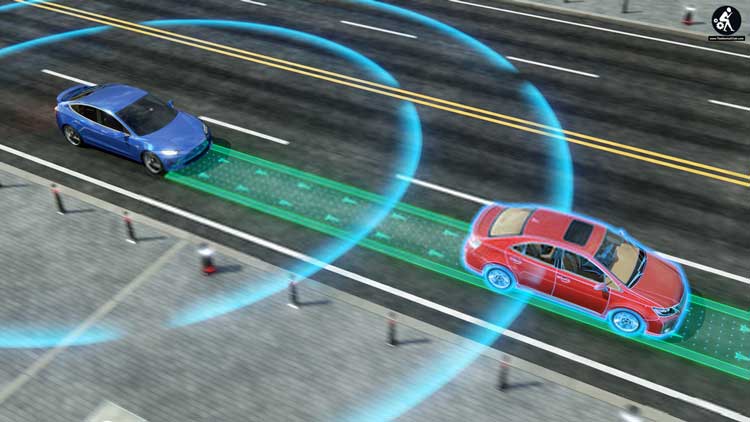
There are many “players” on the side of lidar. Mainstream autopilot manufacturers such as Google Waymo, General Cruise, and domestic Baidu Apollo, Pony.ai, Wenyuan Zhixing, etc. are their supporters. The typical sign is that these manufacturers have very eye-catching lidar equipment on the roof.
On the side that supports visual computing technology, the main players are Tesla, which has been successfully mass-produced and sold, Nissan with the same concept, and some start-up companies with autonomous driving technology solutions.
Just after Musk’s “big talk” last year, the technical solutions of two new cars belonging to the two camps gave us the possibility of comparison. One is the Skyline model built by Nissan based on the ProPilot 2.0 system, and the other is the Audi A8L launched by Audi based on the Audi AI system and using lidar as the main detection body.
Pure vision + millimeter wave, N+ possible alternatives to lidar

Why are you still not sure? Because on the way from technical solutions to commercial mass production, there are still many obstacles. For providers of autonomous driving technology solutions, of course, the safety and reliability of the system is ranked first. The easiest way to achieve this direction is to keep “stacking materials”. For the car factory, in addition to being stable and reliable, the cost of making the car and the aesthetics of the appearance must all be considered at the same height as the safety of the car.
Therefore, it is not difficult to understand that car manufacturers like Tesla hate the huge and expensive lidar on the roof. Therefore, as long as there are solutions to replace lidar, it is a blessing for car companies.
At present, Tesla and individual technology companies are still actively exploring on L4 and higher-level pure visual computing solutions.
For lidar, whether the price of hardware can be cut faster than the technological progress of these alternative solutions has become an important guarantee for its future market prospects. If the price of a millimeter-wave radar is approaching in the future, car companies will not have to worry about whether to install more lidars.


































